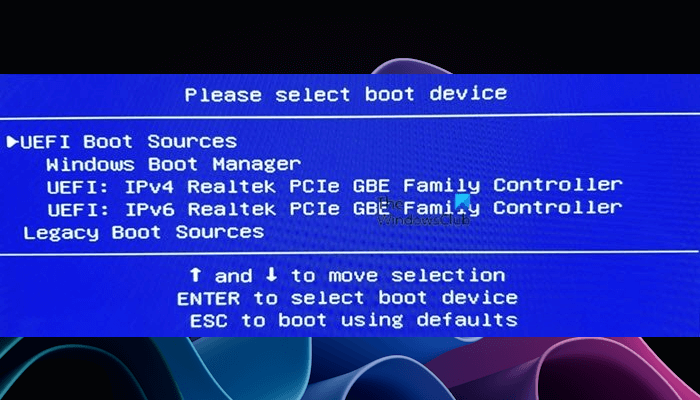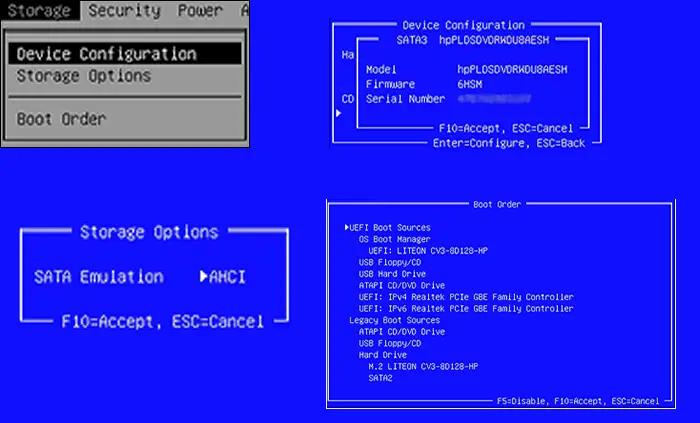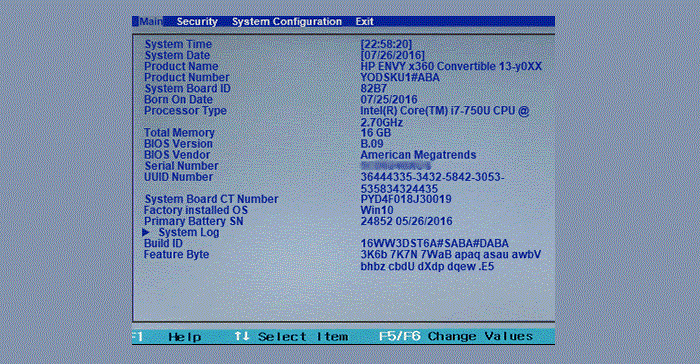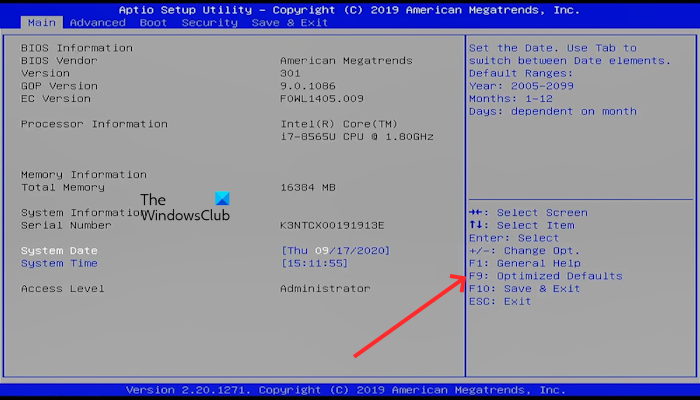If you see the following screen when you start your Windows 11/10 computer, then this post will be able to help you. The screen is known to appear in HP PCs with UEFI and offers the option to fall back to a Legacy Boot source when needed. You receive this screen because either something is wrong with the boot order or your boot device is missing.

Fix UEFI Boot Sources, Please select boot device error
This screen is also called the Boot Device Options menu; it lets you select a UEFI boot source, such as Windows Boot Manager or a Network card, or a Legacy boot source, such as the hard drive or CD/DVD drive. In this post, we discuss the following aspects:
- Default boot order
- Configuring the boot order
- Reset the boot order
You see UEFI IPv4 and IPv6 in the image because the BIOS supports boot from network option as well.
1] Default boot order
The first thing you should know is the default boot order for such BIOS or UEFI configuration screen. If any of the devices from which you need to boot don’t have boot files then you could face the issue.
- UEFI boot order
- OS Boot Manager
- USB Diskette on Key/USB Hard Disk
- USB CD/DVD ROM Drive
- Network Adapter
- Legacy boot order
- OS Boot Manager
- Notebook Hard Drive
- USB Diskette on Key/USB Hard Disk
- USB CD/DVD ROM Drive
- USB Network Adapter
- Network adapter
2] Configuring the boot order
To configure the boot order for the computer, you need to go to the Advanced tab in the BIOS Settings. The options may differ from each other, depending on the model of the PC.
- Turn on the computer, and then immediately press the Esc key repeatedly until the Startup Menu opens.
- Press F10 to open the BIOS Setup Utility. On some computers, it could be the F2 or F6 key to enter into the BIOS.
- Once you are in the BIOS, switch to Boot Settings
For notebook PCs: select the Storage tab, and then select Boot Options.
For desktop PCs: select the System Configuration tab, and then select Boot Order.
Follow the on-screen instructions to change the boot order. You will have to use the arrow keys to move up and down, Plus and Minus, to change the boot order.
3] Reset the boot order to the default settings
If it’s not working as you expected, one last thing you can do is reset the boot order to default. It will set the order that comes out of the box.

- Start the computer, and boot into the BIOS settings.
- In the BIOS Setup screen, select File Tab, and then choose Apply Defaults
- Save and Exit.
This will restart the computer and, hopefully, boot the computer into Windows.
How do I reset my boot device?
You can select a boot device in your BIOS. This is helpful when you are performing a Clean Installation of Windows or repairing Windows with a bootable USB flash drive. However, if your boot device is incorrectly selected due to which you are not able to boot into Windows, you can reset the boot device settings by resetting your BIOS settings to the defaults.
How do I select boot device in BIOS?
You can select a boot device from the boot options in your IOS. Computers of different brands have different BIOS interfaces and have different keys to enter BIOS settings. Enter your system BIOS and look for the setting names Boot options (this setting may be different in your case). Here, you can select the boot device.
Read next: Windows PC only boots after Restart.
Leave a Reply